 Amid the backdrop of the largest cut to food assistance in our nation’s history, Food Bank staff, Food Policy and Advocacy Coalition (Food PAC) members, and their loved ones came together on July 11 to celebrate the graduation of our inaugural Food PAC cohort.
Amid the backdrop of the largest cut to food assistance in our nation’s history, Food Bank staff, Food Policy and Advocacy Coalition (Food PAC) members, and their loved ones came together on July 11 to celebrate the graduation of our inaugural Food PAC cohort.
“This has been a transformative chapter,” said Policy & Advocacy Manager Alex Raffanti. “You are not just the first cohort. You are the standard, the example, and the beginning of something very, very powerful.”
Over 18 months, Food PAC members sharpened their skills in advocacy and public speaking, and learned the ins and outs of policymaking. Drawing on their lived experience of hunger, members helped shape the questions in our Policy Survey, which directly informed the Food Bank’s 2025 Policy Agenda. This hard work culminated in a trip to Sacramento for California Hunger Action Day, where they met with legislators to advocate for policies on behalf of their neighbors.
“When we went to Sacramento, that was such an eye-opener for me,” said Glen, a Food PAC graduate. “To actually go and speak before a representative and push for something that everybody is going to benefit from, that’s outstanding. We have a voice, and I didn’t realize that… Those people listen. They are paying attention. And I think the more we put effort into that, the more is going to come out of it.”
Sizi, another graduate, emphasized the importance of creating space for people who have experienced hunger to be involved in policy decisions.
“I’m super grateful for the opportunity to have a seat at the table,” she said. “Sometimes it’s tough for community members to really engage in advocacy work because of the situations we’re living through. That’s due to the systems that are in place, unfortunately. But as we engage more, I think that’s where we find the strength to really persevere.”
Sizi also shared powerful reminder of why food banks matter, why the Food PAC’s work matters, and who this is for.
“That’s where we get our food,” she said. “That’s where my grandma gets her food. My aunts, my cousins. So, thank you to the Food Bank for partnering with organizations that are providing healthy fruits and vegetables for our kids and for our seniors.”
Greer spoke about how the Food PAC helped her find a sense of purpose and connection.
“Joining the Food PAC has made such a difference in my life,” she said. “To build this community and be able to tell my story has just been life-changing for me.”
She added, “I have enjoyed every mile that it’s taken to drive out here. And meeting everyone and developing relationships with people has just been great.”
Before handing out certificates, Assemblymember Damon Connolly, who represents District 12 in Marin, encouraged the graduates to keep going.
“As someone who serves in Sacramento on your behalf, I can tell you that real change happens when members of the public show up, by calling, emailing, attending committee hearings, and meeting with legislators.,” he said. “Sharing your perspectives helps us make the case not just here in the Bay Area, but across the state.”
We’re so proud of this cohort and excited to see how they continue to lead and inspire.
We’re currently accepting applicants for the next cohort!
If you’re passionate about making a difference (especially if you’ve experienced food insecurity), apply now! You’ll learn advocacy skills and contribute to policy change – no prior experience needed. We require a 12-month commitment, with about 5 hours of work per month. You’ll need to speak English (reading and writing can be developed) and will be compensated $100/month.


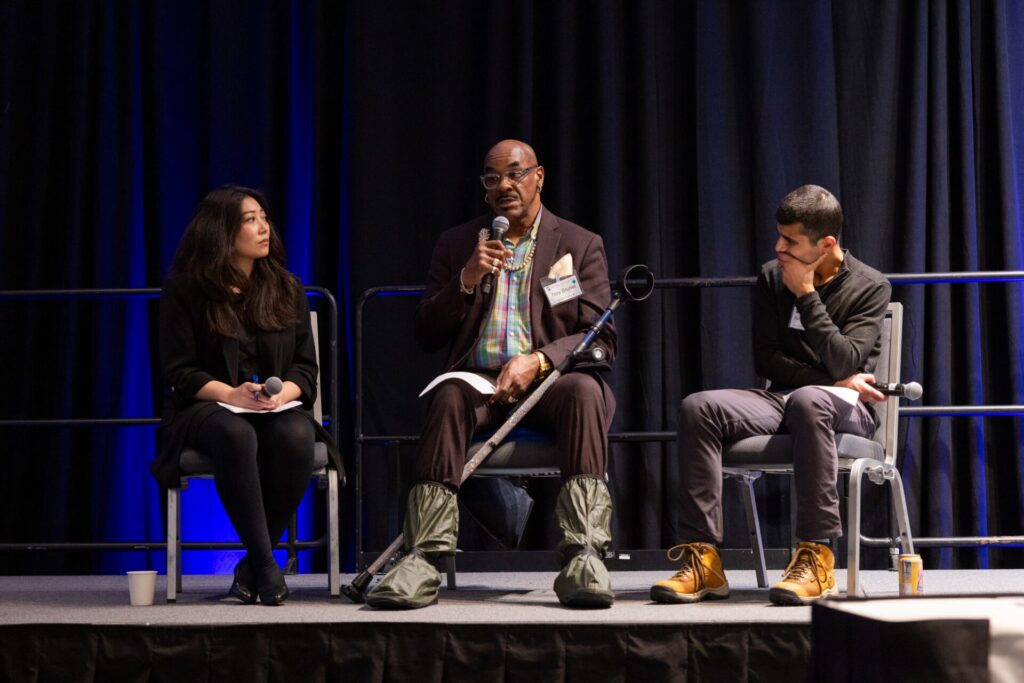 At the Food Bank, we know ending hunger means disrupting its root causes, which include poverty and housing instability. Real change is impossible if we don’t tackle these issues together
At the Food Bank, we know ending hunger means disrupting its root causes, which include poverty and housing instability. Real change is impossible if we don’t tackle these issues together 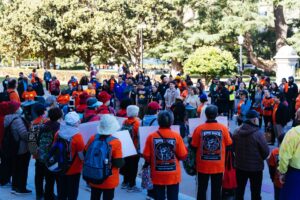 On April 30, our Policy and Advocacy team gathered in-person with the California Hunger Action Coalition (CHAC) in Sacramento to raise their voices for Hunger Action Day! Hunger Action Day is the single largest anti-hunger advocacy day in California, bringing advocates from across the state to the State Capitol to speak face-to-face with our policymakers.
On April 30, our Policy and Advocacy team gathered in-person with the California Hunger Action Coalition (CHAC) in Sacramento to raise their voices for Hunger Action Day! Hunger Action Day is the single largest anti-hunger advocacy day in California, bringing advocates from across the state to the State Capitol to speak face-to-face with our policymakers.
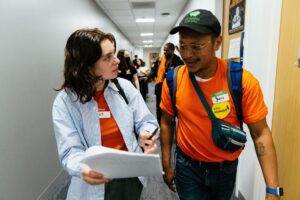 Reflecting on a jam-packed day of collaboration, Food Bank staff came away feeling energized to continue pushing for impactful, equitable policy.
Reflecting on a jam-packed day of collaboration, Food Bank staff came away feeling energized to continue pushing for impactful, equitable policy.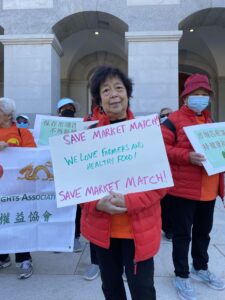 TNDC’s Tenderloin Chinese Rights Association.
TNDC’s Tenderloin Chinese Rights Association. 
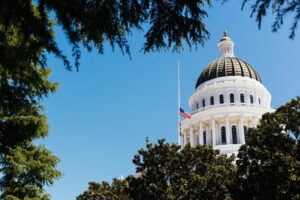
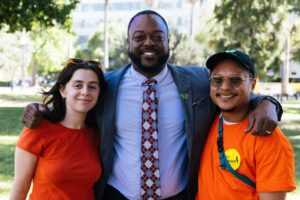

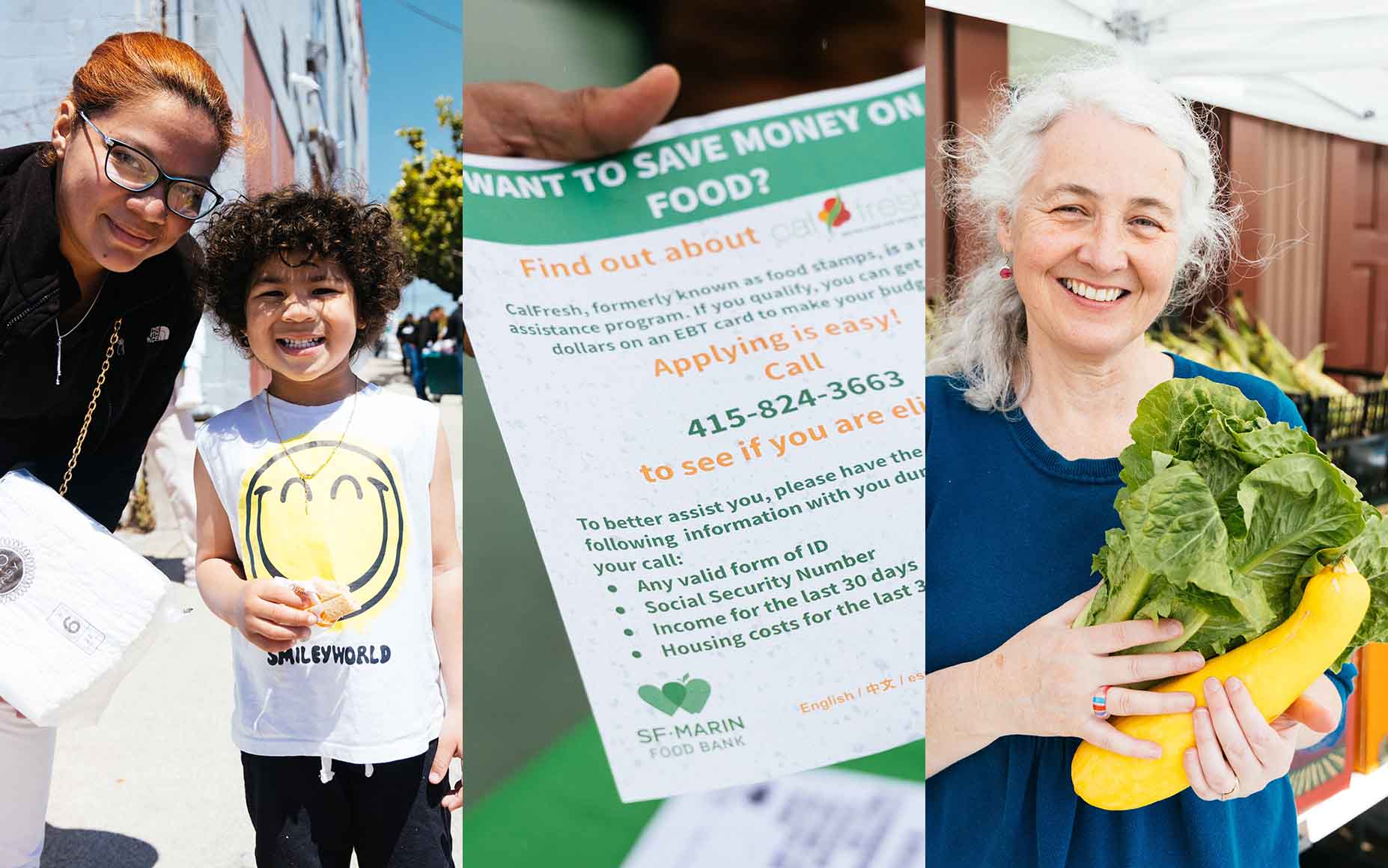
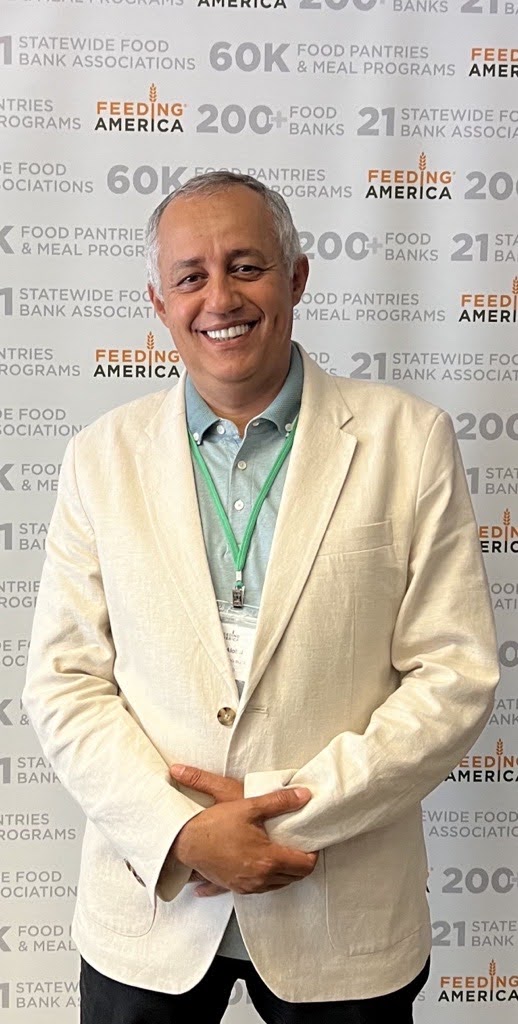
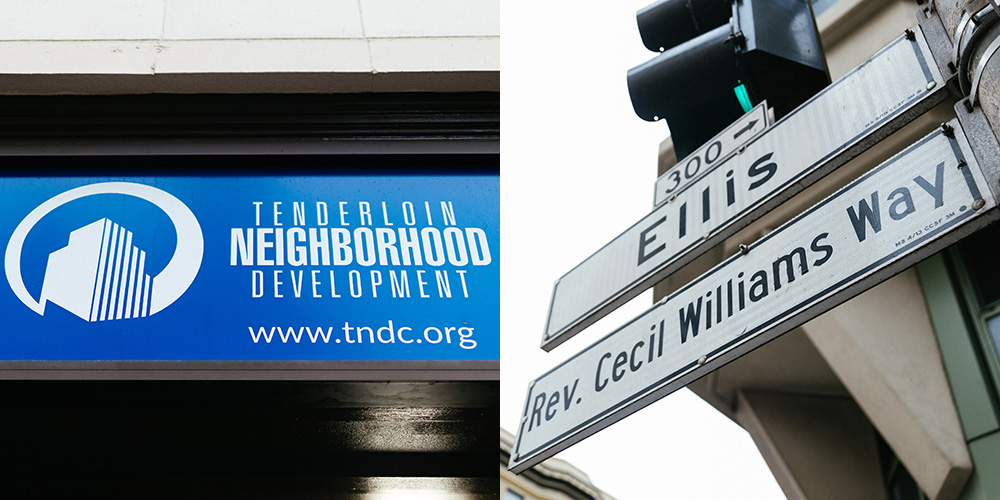
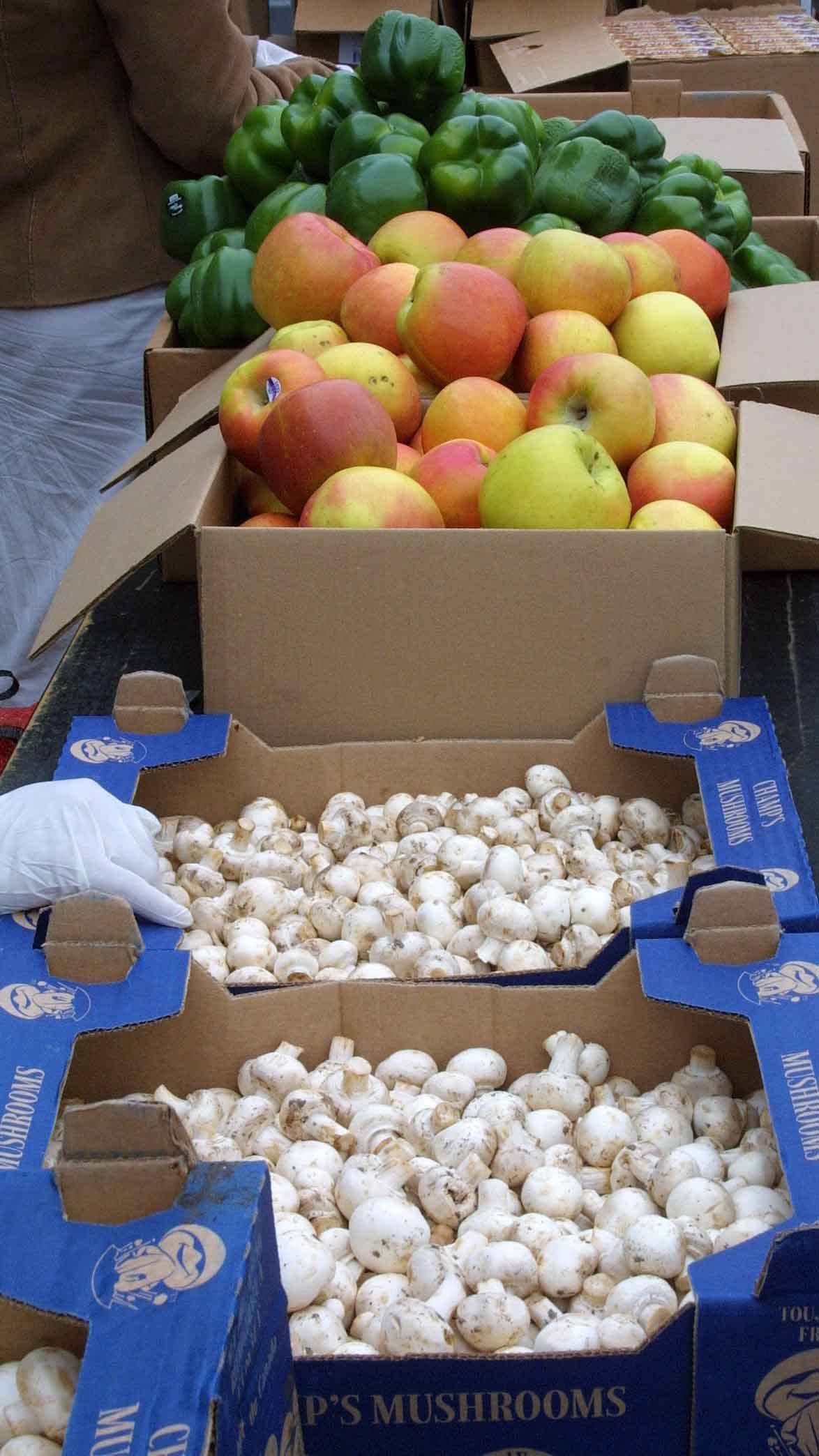 Food Bank (FB): Before we dig into the Elevating Voices: Power Summit, let’s hear a little more about your work in the Tenderloin.
Food Bank (FB): Before we dig into the Elevating Voices: Power Summit, let’s hear a little more about your work in the Tenderloin.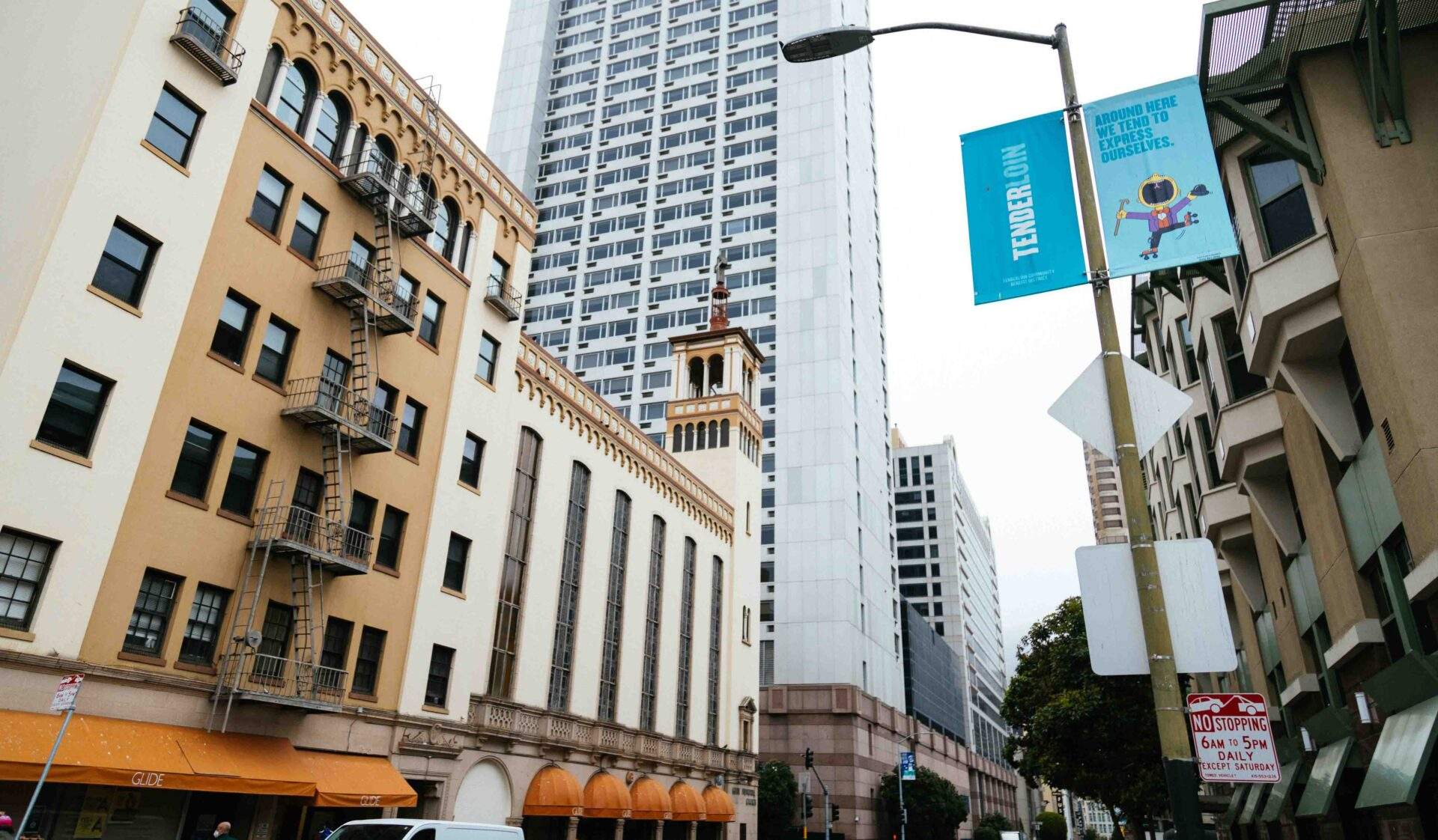
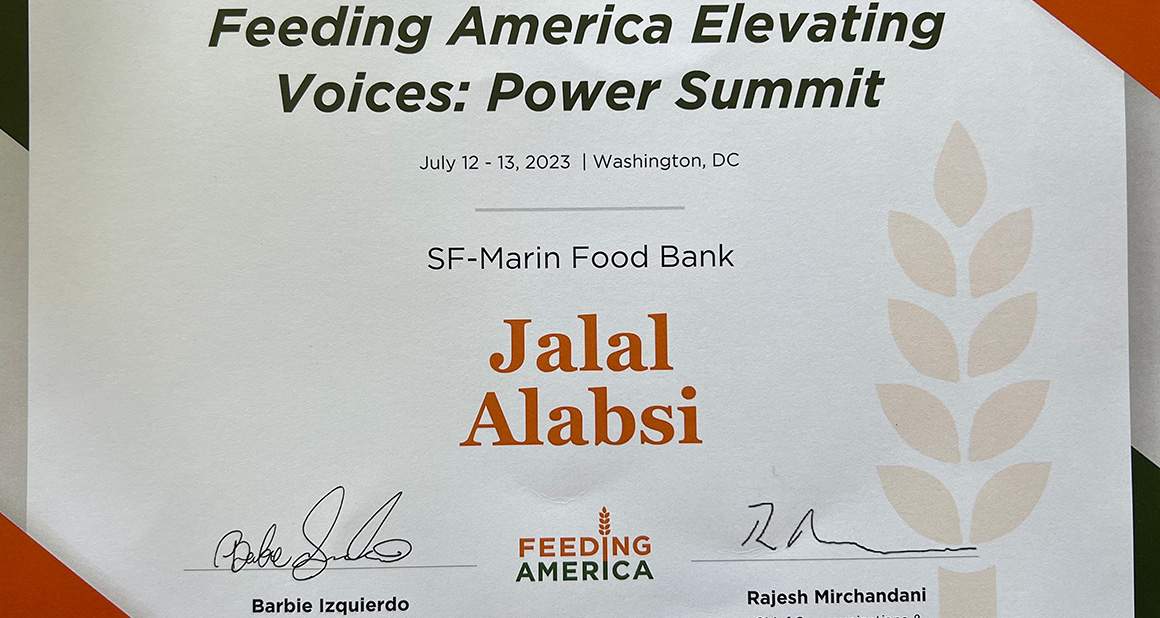

 40 years, an activist, and a pantry participant since 2020 in his neighborhood of the Western Addition. He’s also one of roughly 101,000 CalFresh (known as SNAP federally) recipients in San Francisco who saw their grocery budget decimated overnight. This is due to the federal government’s decision to cut emergency allotments, which boosted CalFresh benefits by an average of $160 for recipients in San Francisco during the pandemic. That’s a loss of nearly $12 million a month in food assistance for our neighbors.
40 years, an activist, and a pantry participant since 2020 in his neighborhood of the Western Addition. He’s also one of roughly 101,000 CalFresh (known as SNAP federally) recipients in San Francisco who saw their grocery budget decimated overnight. This is due to the federal government’s decision to cut emergency allotments, which boosted CalFresh benefits by an average of $160 for recipients in San Francisco during the pandemic. That’s a loss of nearly $12 million a month in food assistance for our neighbors. For Miguel, his CalFresh benefits were a supplemental support that helped him stretch his budget and extend a little kindness to other friends who were struggling during the throes of the pandemic. “I was able not only to get things for myself, but I was able to invite friends to get food with me so we can have dinner together. I did it with two friends, maybe every two weeks. Eating alone is not really the best thing. Having company and being able to provide something a little extra, that was very nice. It really made a difference for me and my friends.”
For Miguel, his CalFresh benefits were a supplemental support that helped him stretch his budget and extend a little kindness to other friends who were struggling during the throes of the pandemic. “I was able not only to get things for myself, but I was able to invite friends to get food with me so we can have dinner together. I did it with two friends, maybe every two weeks. Eating alone is not really the best thing. Having company and being able to provide something a little extra, that was very nice. It really made a difference for me and my friends.” leave food banks to pick up the slack, it’s essential that the Food Bank maintains access to the fresh produce, proteins, and grains that 53,000 neighbors rely on weekly to nourish themselves. “The benefit is greater than just food,” Miguel explained to us. “At my age, I don’t think there’s any stigma – I encourage other people to apply for these services. I have diabetes, so I have to be careful about what I’m eating. And besides the food, I can use the money [I save] on other things that are beneficial for my health or enjoyment. It’s a ripple effect; it magnifies your life in all these positive ways.”
leave food banks to pick up the slack, it’s essential that the Food Bank maintains access to the fresh produce, proteins, and grains that 53,000 neighbors rely on weekly to nourish themselves. “The benefit is greater than just food,” Miguel explained to us. “At my age, I don’t think there’s any stigma – I encourage other people to apply for these services. I have diabetes, so I have to be careful about what I’m eating. And besides the food, I can use the money [I save] on other things that are beneficial for my health or enjoyment. It’s a ripple effect; it magnifies your life in all these positive ways.”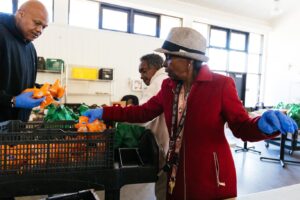
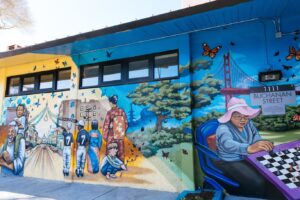 Ms. Adrian: My daughter is the president of the
Ms. Adrian: My daughter is the president of the
Share